For our September session we were back in the Museum of Somerset after our visits and fieldwork over the summer. The session was planned and run for us by Chris Webster and Chris Jessop and was all about how archaeologists record everything while they are excavating.
At the start of the session Chris W gave a short PowerPoint talk about why it was so important that archaeologists recorded everything while they are digging, including plans, photographs and context sheets. This is because when you dig up archaeology you are in effect destroying it!
The MAYANS then split up into four groups around four specially prepared indoor test pits. These were layers of 1m square cardboard sheets representing different contexts. In between the sheets were artefacts for the MAYANS to find and plan using a 1m x 1m planning frame like the ones used on real excavations. For each layer they had to fill in a context sheet describing everything they saw.
During the session the MAYANS also had chance to look at different types of surveying equipment used to record the height or “level” of their test pits. This type of equipment had changed a lot over the decades and we were able to show them an old fashioned dumpy level and staff where everything looks upside down and back to front, right up to a modern day GPS which connects to satellites to show very precise location and height.
At the end of the session each group told everyone the story of their test pit, describing what they thought had occurred there in the past using the evidence they had found… good fun as well as being a great learning experience! A big thank you to Chris W and Chris J for all their preparation and for running such a great session for us!




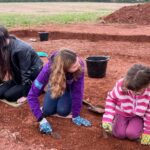
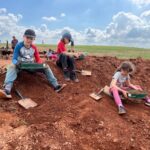
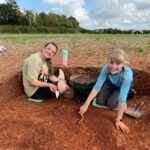
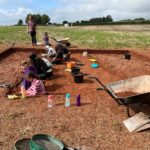
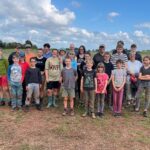
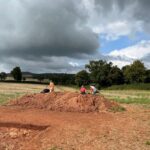


















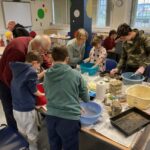
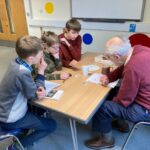
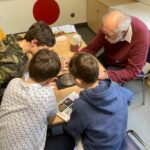
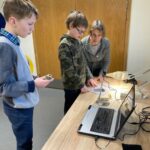
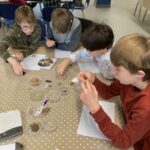
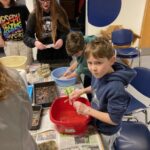









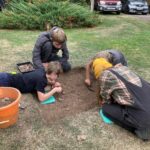
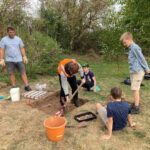
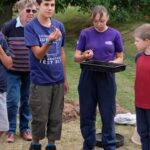
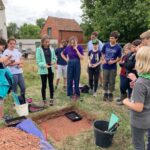
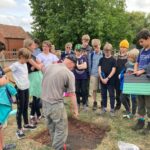
Recent Comments